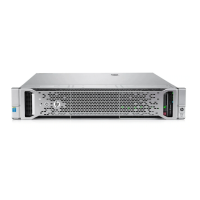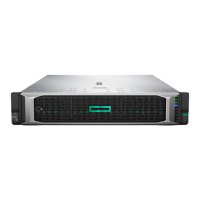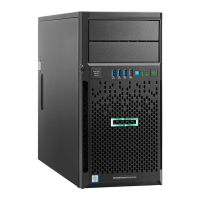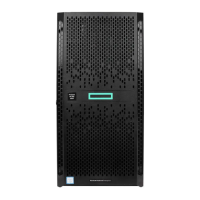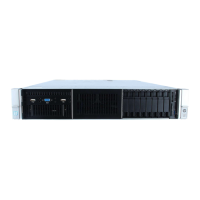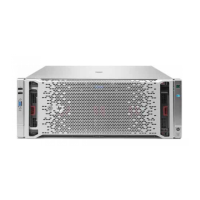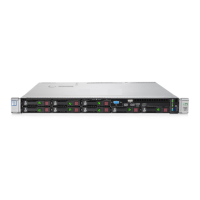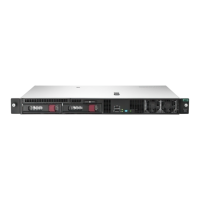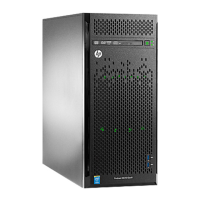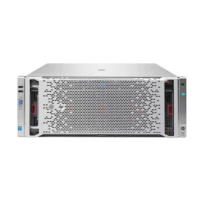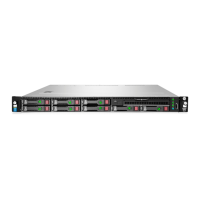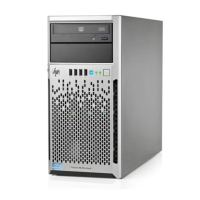Linux edition Issue Solution
Red Hat Enterprise
Linux 5, 6, or 7
Unable to proceed with
Recommended installation with
valid OS images through FTP
source media.
While performing Red Hat
recommended installation using
FTP source media, make sure that
all the required files extracted
correctly from the ISO and are
present in the OS flat file folder. If
files are missing or incorrectly
placed, you might not be able to
continue with installation. Also
make sure that two TRANS.TBL
files are present in the Red Hat OS
flat files folder. One file should be
present in the main OS file folder,
and another should be present
inside the “Server” folder inside the
main OS file folder.
Red Hat Enterprise
Linux 5, 6, or 7
Unable to browse Red Hat OS files
while saving the Deployment
Setting profile.
While selecting Red Hat OS flat
files in Deployment Settings, if a
“This media does not match
the selected OS. Missing:”
message appears, either the wrong
OS family is selected, or some of
the OS files are missing from the
OS flat file folder. Make sure all the
required Red Hat OS files are
present in the OS Flat file folder.
VMware When installing a VMware OS to a
storage controller with an SD card
installed, using Recommended or
Custom installation methods, the
OS continues reinstallation after
reboot.
Remove the SD card before
performing a Recommended or
Custom installation of VMware to a
storage controller.
• Customized—Enables you to individually configure the options for server software and firmware
updates, storage partitioning, and OS installation with HPE drivers. Select this option if you have
specific parameters that differ from the recommended settings, such as for storage partitioning. For
more information about customized installation options, see OS information required for
customized installations on page 26.
• Manual—Installs the OS from a custom OS CD/DVD. After selecting this option, insert the provided
CD/DVD so that the server can reboot from the OS CD/DVD.
When using the Manual Installation method, the Virtual Install Disk (VID) is enabled automatically,
and a USB mass-storage device appears with the name of the VID during the OS installation
process. The VID contains a limited set of storage and networking drivers, so any required SAS/
iSCSI/FCoE adapter can be loaded in the event that the OS disc does not have the appropriate
drivers. Because the VID and the custom CD/DVD might not contain all of the needed drivers, you
might need to create a driver CD/DVD to ensure that all required drivers are installed and that the
OS can install successfully. For information about creating a driver disk, see the OS installation
guide.
Using Intelligent Provisioning 21
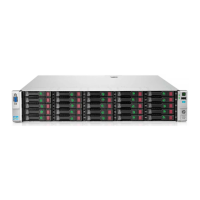
